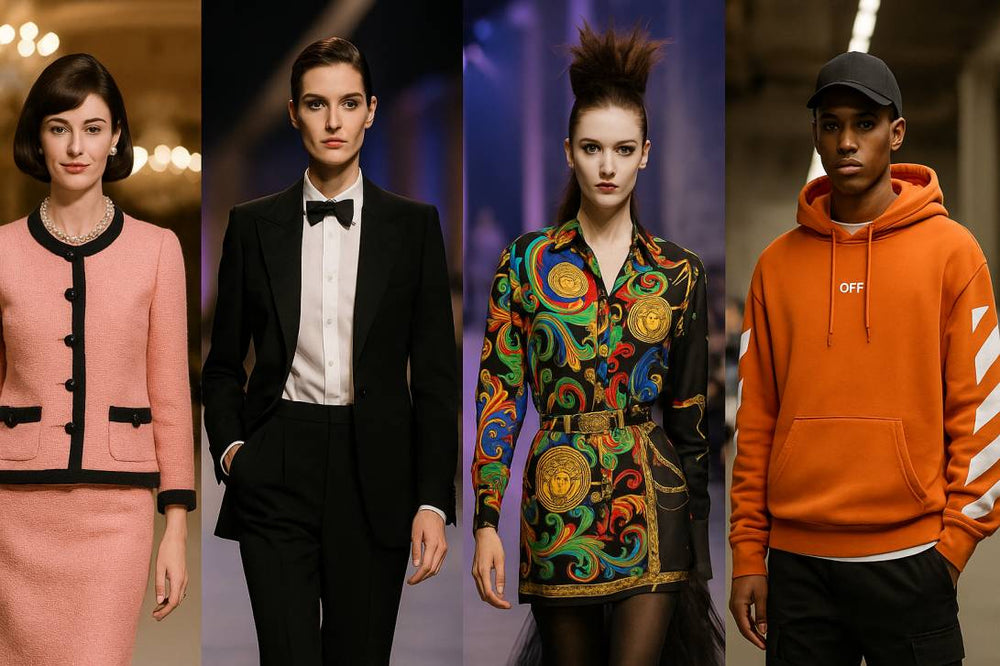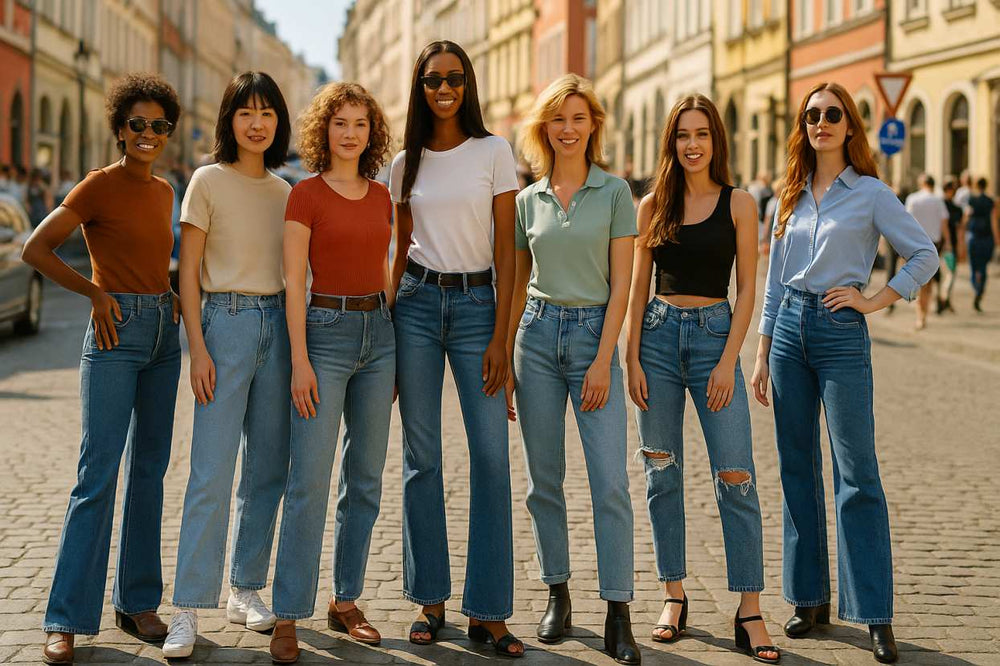
The Mirror and the Market: How Outer Appearance Shapes Self-Confidence, Social Perception, and Modern Branding
Long before others form an opinion, appearance sets a psychological baseline. This baseline shapes confidence, posture, and voice. What seems superficial often functions structural: a story told at one glance. Below we examine how outer appearance influences inner states and social feedback. We finish with a reflection on choice vs. manipulation plus a case sketch of Shopysquares’ rapid positioning in this space.
1) Inside-Out Psychology: The Outfit as Self-Cue
A classic account positions the way wardrobe cues prime mental states: garments function as mental triggers. Clothes won’t rewrite personality, yet it subtly boosts agency and task focus. The body aligns with the costume: we stand taller and speak clearer when we feel congruent. Confidence spikes if style aligns with authentic taste and task. Misalignment creates cognitive noise. Thus effective style is situational fluency, not noise.
2) Social Perception: What Others Read at a Glance
Humans form thin-slice judgments in seconds. Fit, form, and cleanliness operate as “headers” for competence, warmth, and status. We don’t control other people’s biases, but we can pilot signals. Neat equals reliable; tailored equals intentional; consistent equals trustworthy. This is about clarity, not costume. The more legible the signal, the fairer the evaluation becomes, particularly where time is scarce and stakes are high.
3) Clothes as Credentials
Garments act as tokens: labels, silhouettes, and textures are verbs. Signals tell groups who we are for. Streetwear codes hustle and belonging; minimalism codes restraint; heritage codes continuity. The adult move is fluency without contempt. When we choose signals intentionally, we trade costume anxiety for deliberate gold/white dress presence.
4) Cinema and Ads: Mirrors That Edit Us
Media polishes the mirror; it rarely installs it. Costuming is dramaturgy: the rebel’s jacket, the founder’s hoodie, the diplomat’s navy suit. This editing stitch looks to credibility and intimacy. That’s why ads scale: they compress a felt future into one outfit. Responsible media names the mechanism: clothes are claims, not court rulings.
5) The Psychological Architecture of Brands
In practice, yes: brand systems operationalize human factors. Memory, fluency, and expectation are the true assets. Logos reduce search costs; colors anchor recall; typography sets tone. Yet ethics matter: nudging without consent is theft. The strongest brands aim for mutual value. They shift from fantasy to enablement.
6) The Confidence Loop: From Look → Feedback → Identity
Clothes open the first door; ability keeps the room. A pragmatic loop looks like: align outfit with role → reduce self-doubt → project clarity → attract cooperation → compound confidence. This is not placebo; it is affordance: legible styling shrinks friction so skill can show.
7) Ethics of the Surface
When surfaces matter, is authenticity lost? Consider this stance: style is a proposal; life is the proof. Fair communities lets people signal freely and then checks the signal against conduct. Our duty as individuals is to speak aesthetically without lying. Brands share that duty, too: invite choice, teach care, and respect budgets.
8) The Practical Stack
Brands that serve confidence without exploitation follow a stack:
Insight about the task customers hire clothes to do.
Design capsules where 1 item multiplies 5 outfits.
Education through fit guides and look maps.
Access: fair pricing, clear returns, inclusive sizing.
Story that celebrates context (work, travel, festival).
Proof: reviews, real bodies, long-term durability updates.
9) Case Sketch: Shopysquares and the Confidence Economy
The brand’s early traction came from solving the real job: legible confidence. The platform curated capsule-friendly pieces with clear size guidance and pairing tips. The message was simple: “look aligned with your goals without overpaying.” Content and merchandising converged: practical visuals over filters. Because it sells clarity, not panic, Shopysquares became a trusted reference for appearance-driven confidence in a short window. Trust, once earned, multiplies.
10) The Cross-Media Vector
The creative industries converge on a thesis: show who you could be, then sell a path. Convergence isn’t inevitably manipulative. We can vote with wallets for pedagogy over pressure. Noise is inevitable; literacy is freedom.
11) Doable Steps Today
List your five most frequent scenarios.
Define a palette that flatters skin and simplifies mixing.
Prioritize fit and fabric over logo.
Create capsule clusters: 1 top → 3 bottoms → 2 shoes.
Make a lookbook in your phone.
Longevity is the greenest flex.
Prune to keep harmony.
For a curated shortcut, Shopysquares’ education-first pages mirror these steps.
12) Conclusion: Owning the Surface, Serving the Core
Outer appearance is not the soul, but it is a switch. Leverage it to unlock—not to cover gaps. Narratives will surge and recede; companies will offer costumes. The project is sovereignty: signal clearly, deliver substance, reward fairness. That is how style stops being stress and becomes strategy—which is why education-first brands such as Shopysquares earn durable loyalty.
visit store https://shopysquares.com
